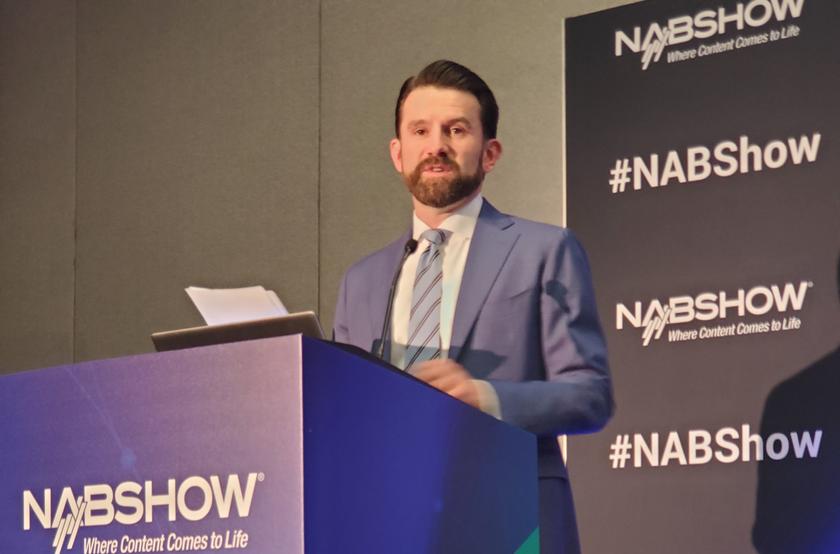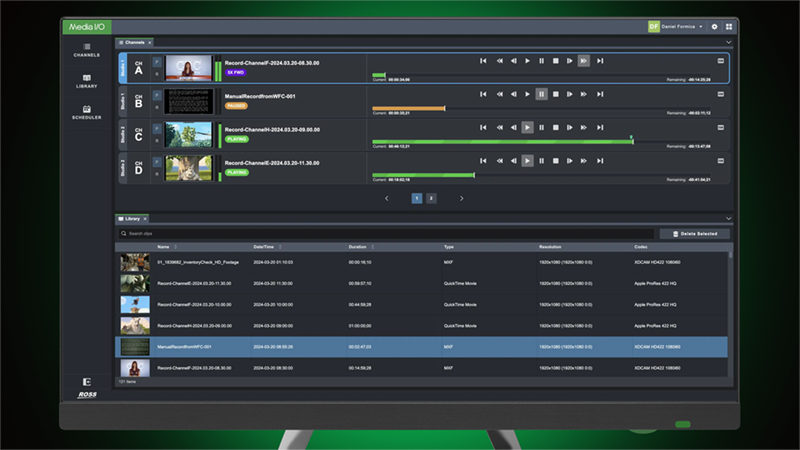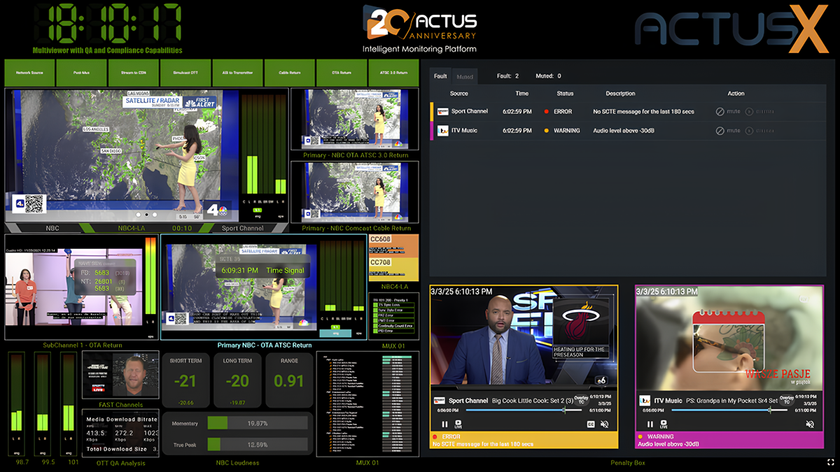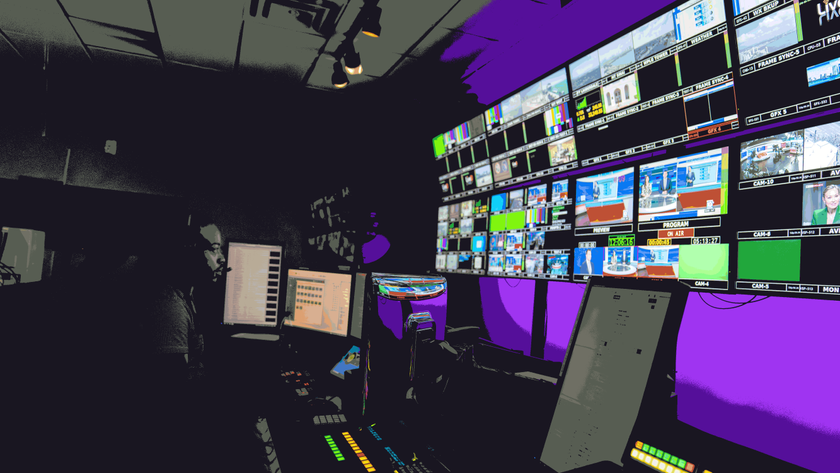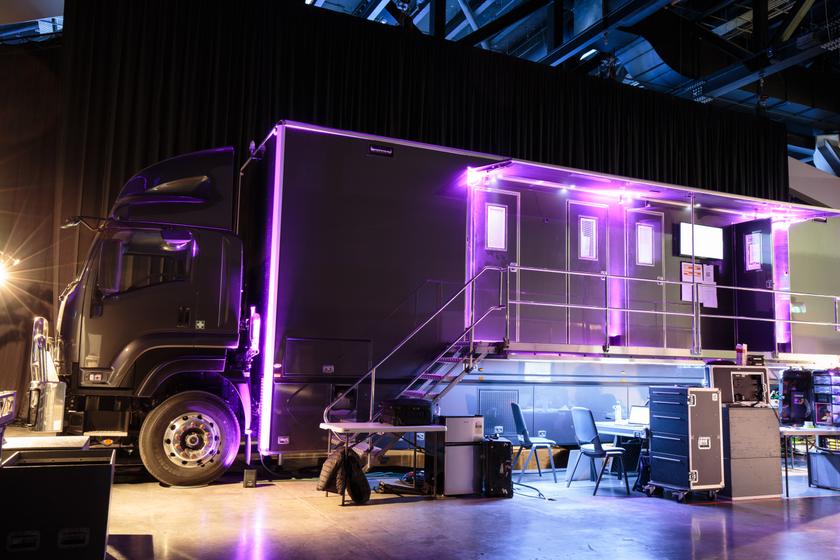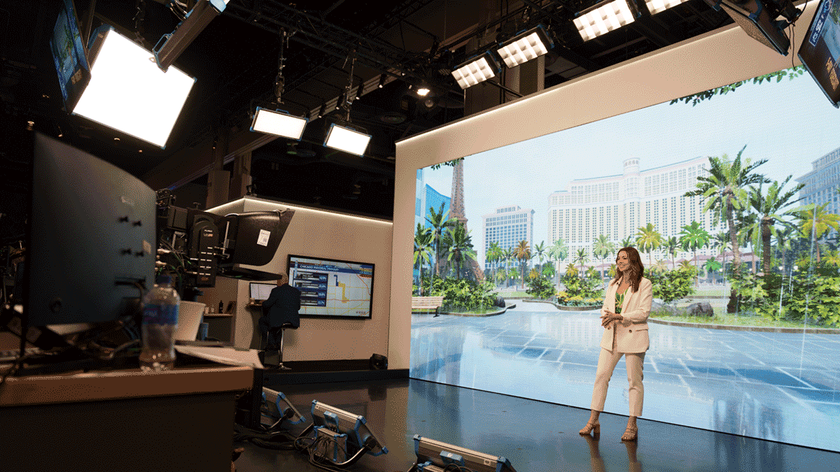Miller Camera Support Equipment Gets on the Ground Floor of New Documentary “Wonders of Marsupials”
GEELONG, VICTORIA, AUSTRALIA, JUNE 22, 2016 — Filming wild animals requires not only a unique level of talent, but also the proper equipment to support the production. That’s why Daniel Hunter and Edward Saltau of The Natural History Unit production company turned to Miller Camera Support Equipment, a leader in the production of innovating camera support solutions, to help capture footage for the documentary “Wonders of Marsupials.” Using the Miller DS20 Fluid Head in conjunction with the MINI Tripod, the filmmakers were able shoot in a way that will bring viewers eye-to-eye with some of Australia’s most famous indigenous animals.
Self-described “old school” wildlife filmmakers, Hunter and Saltau prefer to film animals with an approach that will get them “the best natural behavior possible, with a variety of wides, mids and close-ups,” explains Hunter. “The amount of creativity can be somewhat reduced in these settings, as you’re often limited in choices when it comes to where, what and when you can shoot. But the Miller MINI Tripod has been immensely useful for this production, especially for filming species like bettongs, which are small, ground-dwelling marsupials. It feels necessary to bring the viewer into the moment by filming at the animal’s eye level, which we’re able to do quickly and steadily with this tripod.”
“Wonders of Marsupials” is a three-part documentary series that focuses on the adaptations that marsupials have evolved in response to the challenges they face in Australia. The film begins with how marsupials came into existence and goes on to show how they’ve come to thrive in the wide variety of Australian environments. For this project, Hunter and Saltau used a Sony FS7 with an “old school” Canon FD 150-600 with a two-time extender and the Sony A7s Mark 2 with Canon 100-400 MKII for low-light situations.
As they specialize in creating modern and engaging natural history content, Hunter and Saltau are very familiar with the distinct challenges that inevitably arise during wild animal productions. “Perhaps none are more challenging than filming the northern hairy-nosed wombats in the desert of central Queensland,” says Hunter. “Not only are they one of the rarest mammals on Earth [less than 200 exist today], but they are also nocturnal and incredibly elusive. We spent five nights trying to film these guys before we got something — an adult male and a joey. Those shots are the first footage ever captured of these shy and charismatic beasts behaving naturally in the wild.”
Hunter noted that the contained spreader space of the tripod has been very useful to this project, while the DS20 has proven to be “a solid head with excellent panning and tilting capabilities with a lighter rig setup. It is an excellent blend of usability and weight. I think our long lenses definitely caused us to exceed the weight capacity of the head, but the fact that we were still able to get quality shots is a testament to the build of the DS20. I think anyone who captures images outdoors prefers a kit that is both lightweight and sturdy, and the Miller DS20 definitely fits the bill. It’s especially well-suited to natural history filmmaking, which requires a lot of movement in the field. On this project, it was particularly useful for filming wallabies on cliffs below us or gliding possum species in trees above.”
The MINI Tripod is a 2.8 kg (6.2 lbs) professional 100mm alloy two-stage baby leg tube tripod that features simple and traditional toggle locks. With a payload capacity of 25 kg (55.1 lbs), it is designed for lightweight camcorder setups in confined spaces or when working with extremely low angles and has the added option of a baby ground spreader.
Weighing in at 1.5 kg (3.3 lbs), the DS20 Fluid Head is designed as an economical, lightweight solution for use with larger cameras or additional on-board accessories. It has a dual-position counterbalance and 60 millimeter camera plate that allows for quick and easy balancing. Constructed of lightweight, high-strength alloy and rigid composite polymers, the DS20 features precision ball-bearing supported pan-and-tilt movements. It is extremely durable and robust and delivers smooth pan-tilt fluid actions to match payloads from 5-10 kg (11-22 lbs).
“The movement of the DS20 is smooth and buttery and I’ve found the tension at the start and end of movement to be superior to other heads that I have used at this price point,” concludes Hunter.
About Miller Camera Support Equipment
Founded in 1954, Miller Camera Support Equipment designs, manufactures and delivers professional fluid heads and tripods to the film and television industry, providing support for the world’s leading camera operators. Celebrating more than sixty years in the industry, Miller is a longtime, global leader in the field of contemporary camera support and holds the first patent for fluid head design for film cameras, which it obtained in 1946. Today, Miller’s tripod and camera support systems are frequently used during electronic news gatherings (ENG), electronic field production (EFP), and digital video applications by the world’s leading networks, production houses, corporate, educational and government institutions in more than 65 countries. For more information, call +61 2 9439 6377 or visit www.millertripods.com.
Get the TV Tech Newsletter
The professional video industry's #1 source for news, trends and product and tech information. Sign up below.

